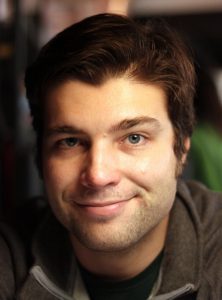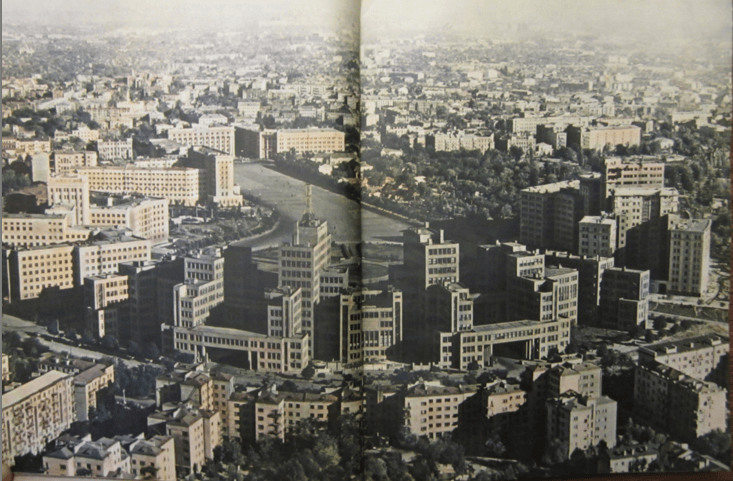Between Moscow and Kyiv: Local Identity in Kharkiv, 1960-1980s
Markian Dobczansky
University of TorontoJune 29, 2017 / 6.00 pm
Center for Urban History, Lviv
The lecture told about the figures of ideological administrative office who had their impact on the construction of a Soviet myth of Kharkiv and founded themselves "between Moscow and Kyiv." In the times of Khrushchov’s thaw period, we can trace the development of memory of revolution in the city, under the reinforced myth of Ukrainian Soviet Socialist Republic. In the late 1960s, and in the 1970s, a dominant image of Kharkiv was that of a city of Soviet modernization where the Russian language and the Soviet culture in general prevailed. In the late 1980s, the memory of the "Executed Renaissance" of the 1920s is getting back, as well as of other "blank pages" of the Soviet history.
It might be, therefore, concluded that local memory was an important space for the policy of the Soviet Union, while the categories of the "Soviet" and the "Ukrainian" were closely intertwined in the 20th century. during the system crisis in the 1980s, the unsolved issues of the role of Ukrainian culture in Kharkiv regained their relevance.

Markian Dobczansky
is the Petro Jacyk Post-Doctoral Fellow in Ukrainian Politics, Culture, and Society at the University of Toronto. He received a Ph.D. in history from Stanford University, where he studied the history of the Soviet Union, the Russian Empire, and Eastern Europe. He is currently working on a book on local identity in Kharkiv in the 20th century based on archival research in Kharkiv, Kyiv, and Moscow. His academic interests include the politics of culture, urban history, as well as nationalities policy and nationalism in the Soviet Union. Beginning in the fall of 2017, he will be a Postdoctoral Research Scholar at Columbia University’s Harriman Institute.
